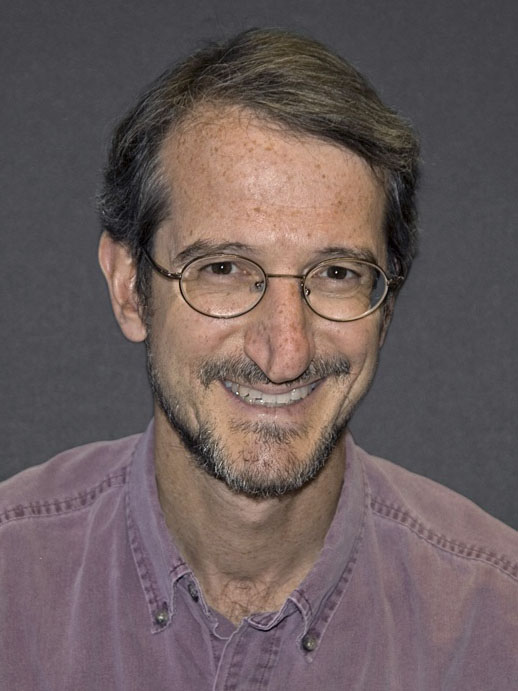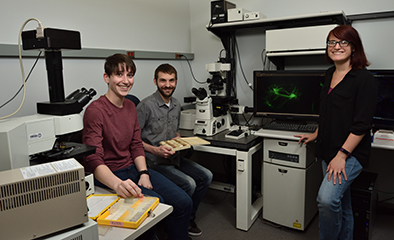CBMP Faculty
Jeffrey L. Brodsky, Ph.D.

Department: Dept. of Biological Sciences
Email: jbrodsky@pitt.edu
PubMed: Link
Dept / Lab Webpage: http://www.biology.pitt.edu/person/jeffrey-brodsky
CBMP groups: Genomics, Proteomics and Metabolomics, Membrane Traffic of Proteins and Lipids, Cell Communication, Signaling and Ion Channel Biology
Research Interests
All secreted proteins, and most that ultimately reside within the cell, must traverse the secretory pathway, a network of intracellular organelles housing the "machines" that help secreted proteins mature. Critical components of these machines are a class of proteins known as molecular chaperones, some of which are associated with the endoplasmic reticulum (ER). However, if protein folding is inefficient or slow, a secreted protein may be targeted for destruction by a process we termed ER associated protein degradation (ERAD). During ERAD, proteins are selected as being defective and then degraded by the proteasome, a massive (~2 mDa) multi-catalytic protease that resides in the cytoplasm. Molecular chaperones may be required for ERAD by "deciding" whether a protein is sufficiently mature to transit through the secretory pathway; molecular chaperones may also direct these ERAD substrates to the proteasome. The importance of understanding the molecular mechanism of ERAD and molecular chaperone action is underscored by the fact that several human diseases-including cystic fibrosis, heart and liver disease, diabetes, and neurodegenerative diseases-can arise from defects in chaperone-mediated folding of secreted proteins and/or the ERAD pathway.
For our studies, the Brodsky laboratory utilizes a model eukaryotic organism, the yeast Saccharomyces cerevisiae. Yeast possess the same intracellular membrane organization and molecular chaperones as human cells but are amenable to rapid genetic analysis. Recent research in the Brodsky laboratory is currently directed toward understanding how molecular chaperones in the ER and the cytoplasm facilitate ERAD and protein folding in the cell. Both endogenous proteins and human proteins expressed heterologously in yeast are being examined as substrates for ERAD and chaperone-mediated folding, and data derived from our genetic studies are complemented by biochemical assays that recapitulate specific aspects of these processes. More recently, because of the connection between molecular chaperone function and human disease, we have begun to identify and screen for small molecules that affect chaperone activity, and to use proteomic and genomic attacks to identify additional components that facilitate ERAD.
